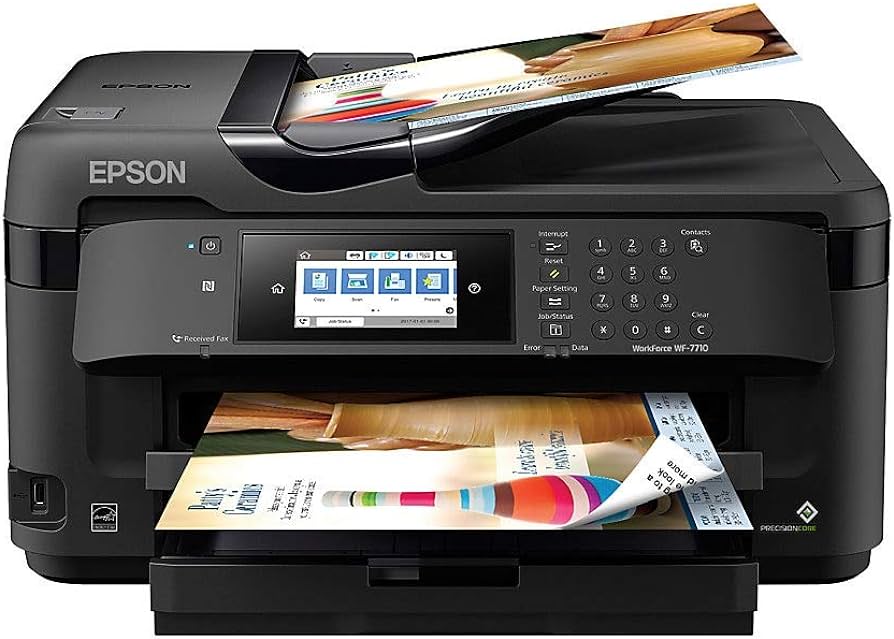Introduction
The inkjet printer is a widely-used and versatile printing technology that has revolutionized the way we produce documents and images. From home offices to professional settings, inkjet printers have become an essential tool for printing high-quality documents, vivid photos, and vibrant graphics. In this comprehensive guide, we will delve into the specifics of inkjet printers. We will explore their working mechanism, advantages, various applications, and tips for selecting the right inkjet printer to meet your printing needs.
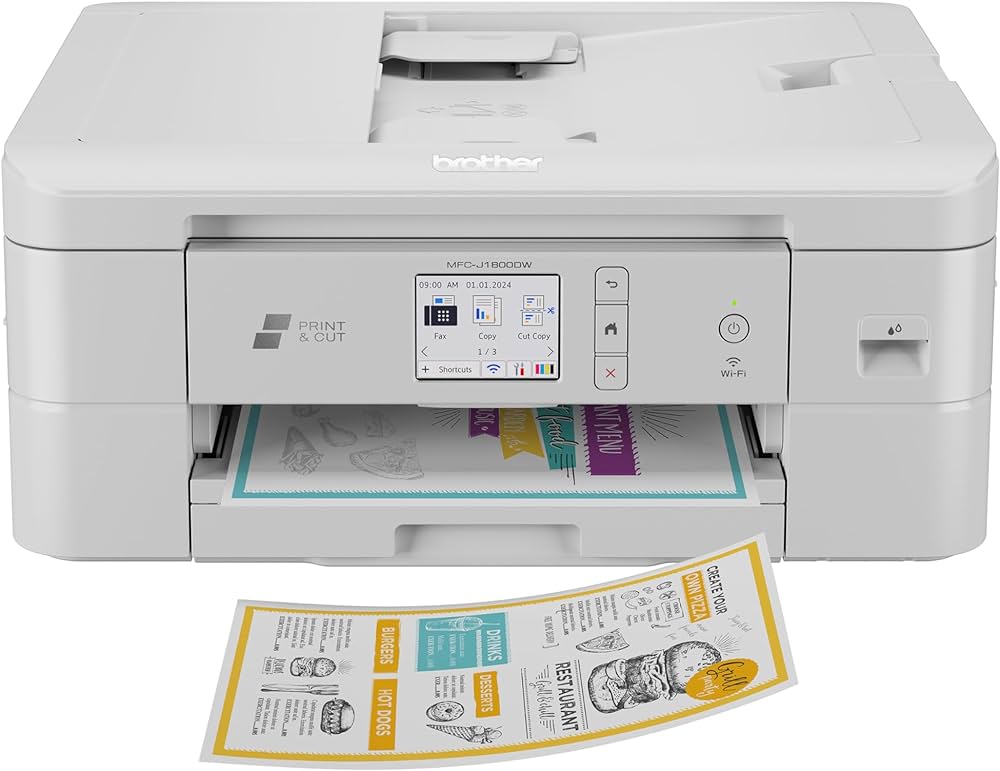
The Inkjet Printer: An Essential Printing Technology
I. Understanding Inkjet Technology
-
Introduction to Inkjet Printing:
- Inkjet printing is a non-impact printing method that deposits droplets of ink onto paper or other media to produce text, images, or graphics. It is popular for its ability to create high-resolution prints with exceptional color reproduction.
-
Working Mechanism:
- Inkjet printers employ tiny nozzles, referred to as printheads, that expel ink droplets onto the paper in a precise and controlled manner. These droplets form the desired text or image through a combination of varying inkjet technologies, such as thermal, piezoelectric, or continuous ink systems.
II. Advantages of Inkjet Printers
-
High-Quality Output:
- Inkjet printers are renowned for their ability to produce sharp and vibrant prints, making them ideal for documents, photographs, and graphic designs. The fine droplet size and precise placement result in exceptional detail and color accuracy.
-
Versatility and Media Handling:
- Inkjet printers can handle a wide range of media types, including photo paper, glossy paper, transparencies, envelopes, and more. This versatility allows users to print various documents and materials to suit their specific needs.
-
Cost-Effective:
- Inkjet printers are generally more affordable than other printing technologies, making them a cost-effective choice for personal and small business use. Moreover, they provide the option for individual color cartridge replacement, reducing ink wastage and further saving costs.
-
Compact and Convenient:
- Inkjet printers are available in compact sizes, making them suitable for home offices, small businesses, or limited workspaces. Their ease of use and quick setup allow for hassle-free printing without requiring extensive technical knowledge.
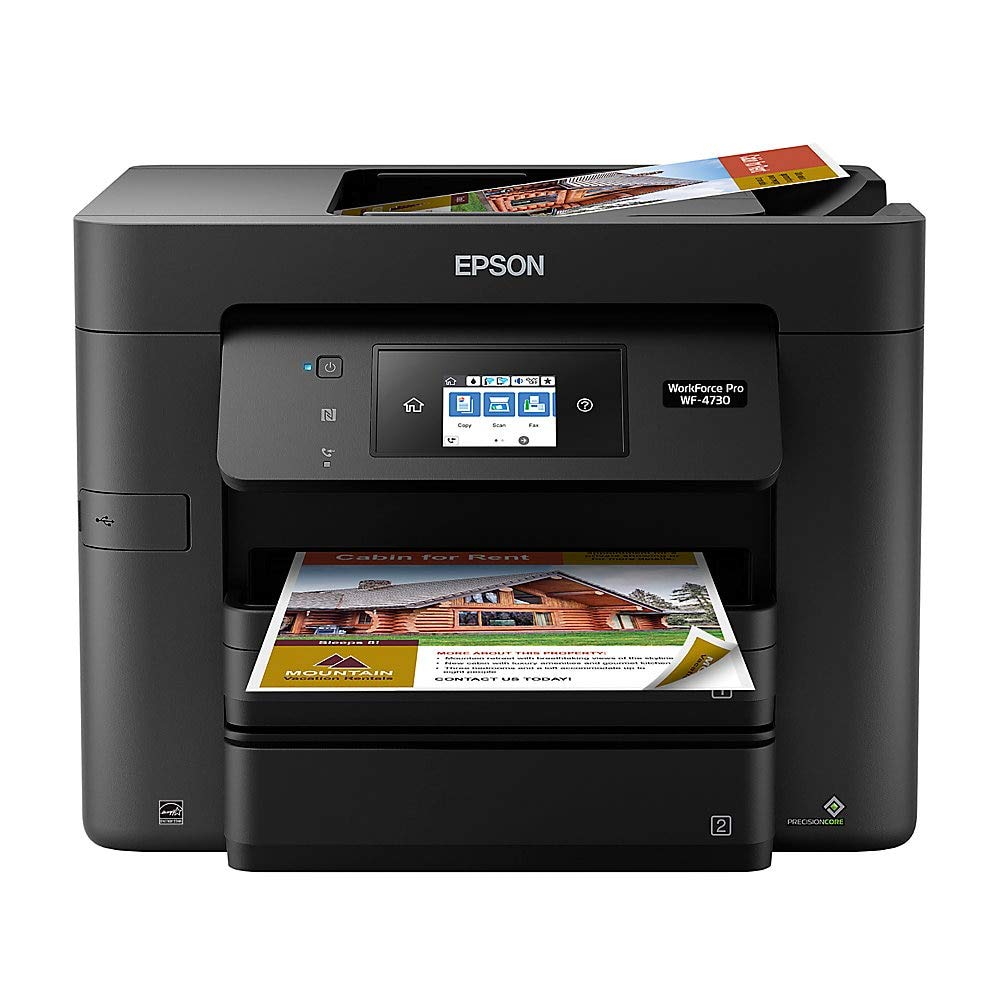
III. Applications and Uses
-
Home and Office Printing:
- Inkjet printers are extensively used for everyday printing tasks at home or in small office settings. From printing documents to school assignments, they offer reliable and efficient printing capabilities.
-
Photography and Fine Art Printing:
- Inkjet technology is popular among photographers and artists for its ability to reproduce vivid and detailed images. With the right photo paper and ink, inkjet printers can deliver gallery-quality prints, allowing photographers and artists to showcase their work.
-
Marketing and Graphic Design:
- Inkjet printers are invaluable for marketing professionals and graphic designers who require high-quality prints for brochures, flyers, posters, and other promotional materials. The precise color reproduction and versatility make inkjet printers an ideal choice for creative projects.
-
Label and Product Printing:
- Many businesses rely on inkjet printers for producing labels and product packaging. With the option to print on self-adhesive paper or specialized label media, inkjet printers provide the flexibility needed for branding and product identification.
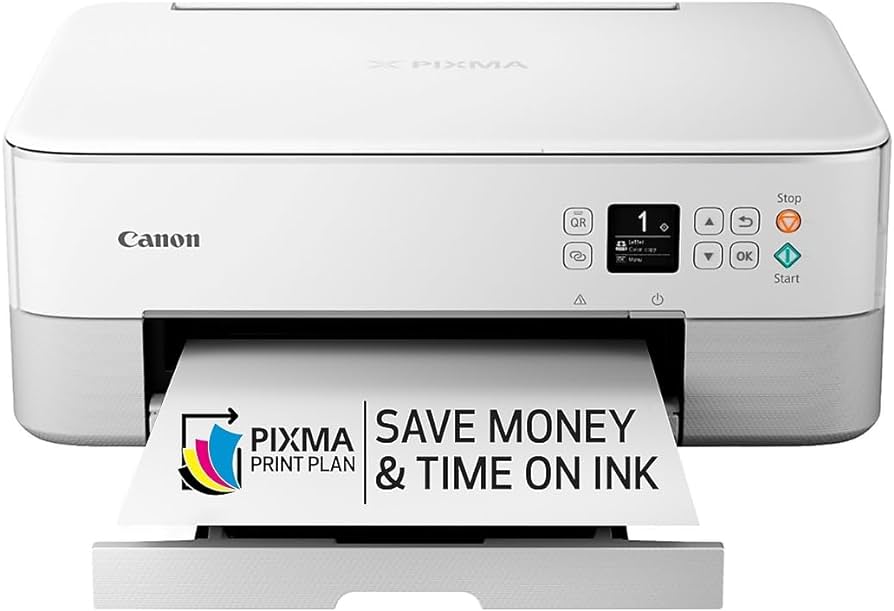
IV. Selecting the Right Inkjet Printer
-
Print Speed and Resolution:
- Consider the desired print speed and resolution based on your specific requirements. If you frequently print large volumes or need faster output, choose a printer with higher print speeds. For detailed graphics or photographs, higher resolution capabilities are essential.
-
Connectivity and Networking Options:
- Determine the connectivity options that best suit your needs. Look for printers that offer wired and wireless connections, such as USB, Ethernet, and Wi-Fi, to ensure seamless integration with your computer or network.
-
Paper Handling and Media Support:
- Evaluate the paper handling capabilities and media support of inkjet printers. Check the printer’s specifications to ensure it supports the paper sizes and types you commonly use, such as photo paper, envelopes, or cardstock.
-
Ink Cartridge Options:
- Consider the availability and cost of ink cartridges for the printer model you are considering. Some inkjet printers offer multiple ink cartridge configurations, such as individual color cartridges or high-capacity cartridges, allowing you to choose the most cost-effective option for your printing needs.
V. Maintenance and Care Tips
-
Regular Cleaning:
- Inkjet printers benefit from regular cleaning to prevent clogs and maintain optimal print quality. Refer to the printer’s user manual for specific instructions on cleaning printheads and other maintenance tasks.
-
Correct Ink Usage:
- Use only the recommended ink cartridges for your inkjet printer to ensure compatibility and avoid potential damage. Substituting or using incompatible ink cartridges can lead to poor print quality and potential printer malfunctions.
-
Firmware and Software Updates:
- Stay updated with the latest firmware and software releases from the printer manufacturer. These updates often include performance enhancements, bug fixes, and new features that can improve the overall printing experience.
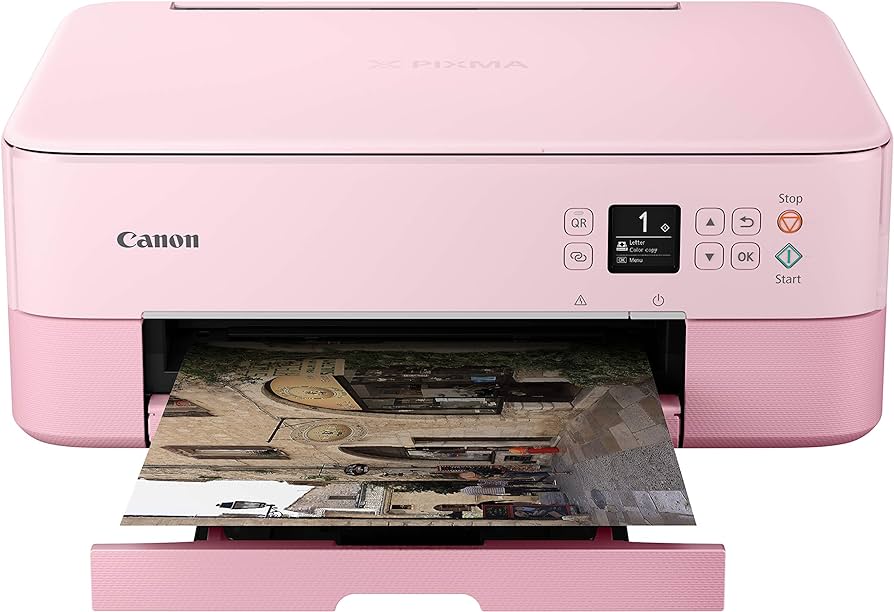
VII. Environmental Considerations
-
Ink Efficiency:
- In recent years, inkjet printers have made significant advancements in ink efficiency. Look for printers that offer ink-saving features, such as automatic duplex printing or draft mode, which can help reduce ink consumption and lower overall printing costs.
-
Recyclability:
- Consider the recyclability of ink cartridges when selecting an inkjet printer. Look for programs or initiatives offered by printer manufacturers that promote responsible disposal and recycling of used cartridges, minimizing environmental impact.
-
Energy Efficiency:
- Some inkjet printers are designed with energy-saving features, such as sleep mode or automatic power-off functions. These features reduce energy consumption when the printer is not in use, contributing to overall energy efficiency.
VIII. Emerging Inkjet Technologies
-
Eco-Solvent Inkjet Printing:
- Eco-solvent inkjet printing has gained popularity in industries such as signage and outdoor advertising. It utilizes eco-friendly solvent inks that have low VOC (volatile organic compound) emissions, making them a more environmentally conscious choice.
-
UV-curable Inkjet Printing:
- UV-curable inkjet printing is a versatile technology used in various applications, including signage, packaging, and product labeling. It offers vibrant colors, durability, and fast curing times, enabling high-speed production with minimal ink absorption into substrates.
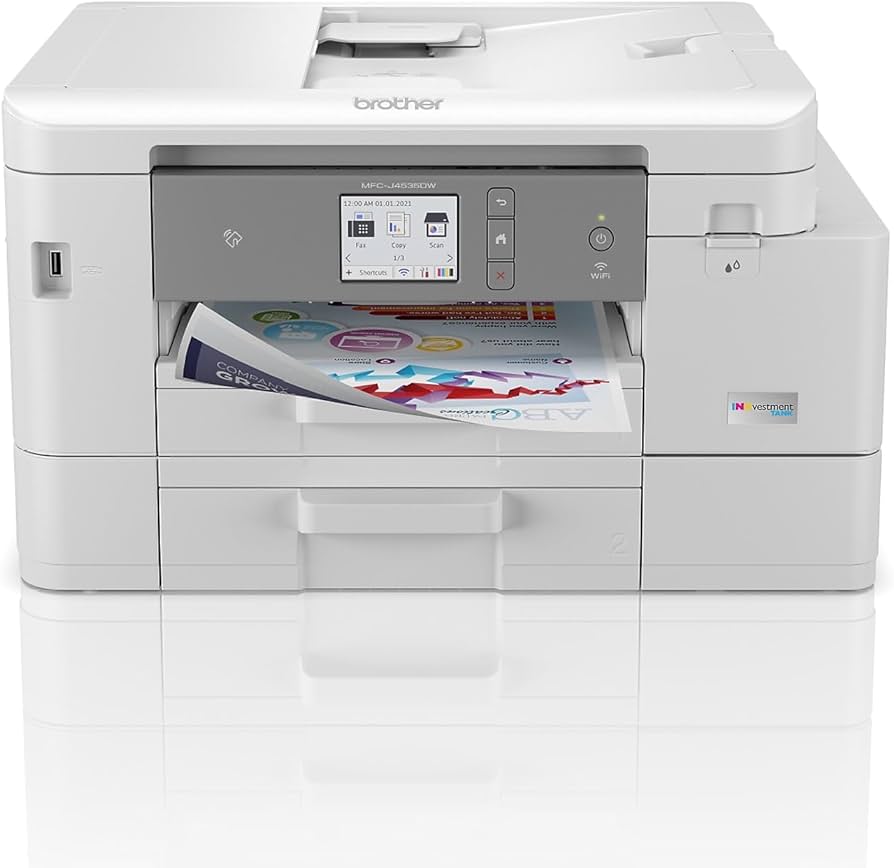
VI. Conclusion: Versatile and Vibrant Printing Solutions
Inkjet printers have become an essential printing technology, offering high-quality output, versatility, and convenience. Whether for home use, creative projects, or business applications, inkjet printers deliver excellent prints with exceptional color accuracy and detail.
By understanding the working mechanism, advantages, and various applications of inkjet printers, you can make an informed decision when selecting the right printer to suit your specific printing needs. Regular maintenance and proper care ensure continued optimal performance, allowing you to enjoy the versatility and vibrancy of inkjet printing for years to come.

